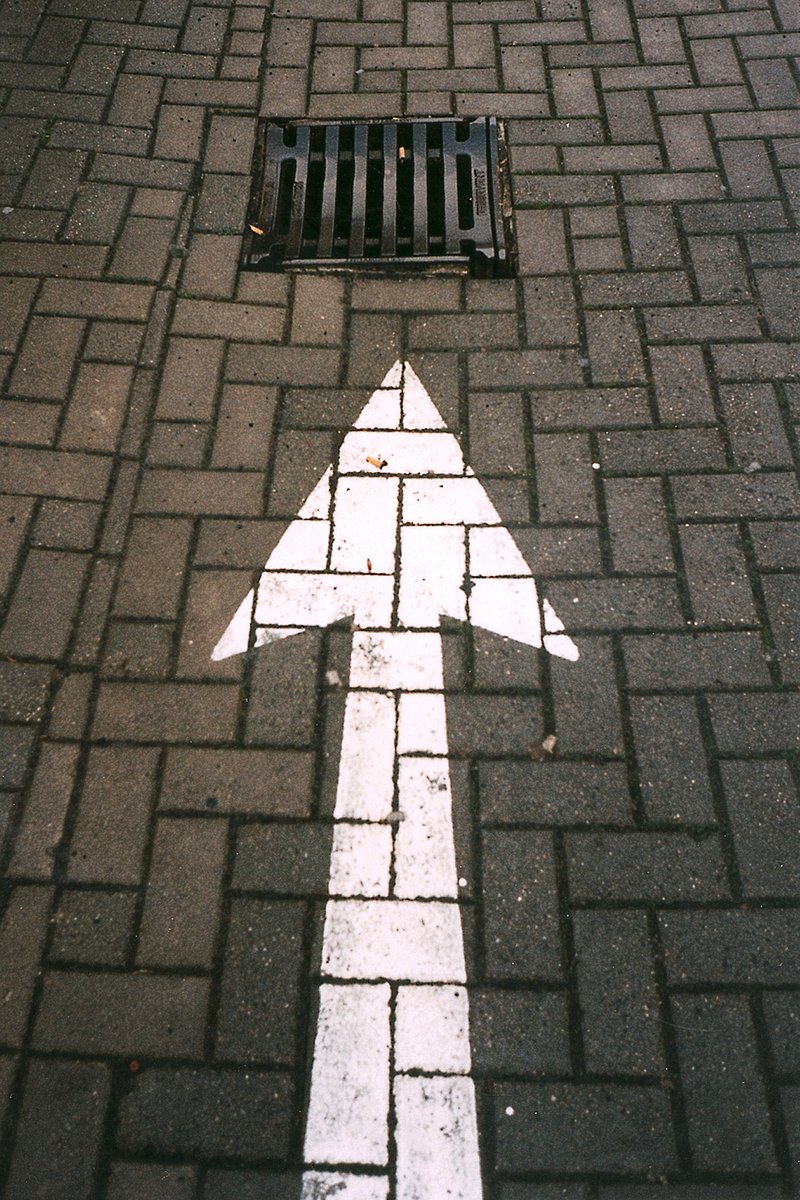

Up the quality, down the drain bad patents
THE EPO saw a decline in the number of patent applications in spite of -- or because of -- 'dilution' of patents and harm to the reputation of European Patents (EPs). The USPTO too is said to be expecting this in spite of -- or because of -- decline in the perceived value of US patents. Far too many had been granted over the past decade or two, including a lot of software patents which now turn out to be worthless.
The United States Patent and Trademark Office (USPTO) is predicting a slight decline in some patent filings for 2018 and 2019, including through the international Patent Cooperation Treaty (PCT) managed by the World Intellectual Property Organization. Trademarks, meanwhile, will likely see slowing growth.
After examining the evidence for U.S. innovation as shown by startups and venture capital, and by R&D spending, I want to look at patenting activity—new patent applications and new patent grants. Particularly given accusations that the U.S. patent system has fallen behind other systems worldwide—accusations based on extremely questionable analysis—it’s worth looking at what patent activity can tell us about innovation.
Overall, patent activity is an inaccurate indicator of innovation and of future innovation—after all, an environment in which billions of incremental patents issued would quickly cease to show any innovation as patent hold-up ground inventive activities to a halt. With that in mind, changes in new patent applications and grants likely do have some level of correlation to changes in the amount of innovative activity.
The Bilski, Alice, Mayo, and Myriad cases are sometimes referred to as a €§ 101 quartet because they set forth the Supreme Court’s test for patentable subject matter under €§ 101. Over the past few weeks, we’ve seen a new trio of €§ 101 cases emerge from Federal Circuit panels—Berkheimer, Aatrix, and Automated Tracking.